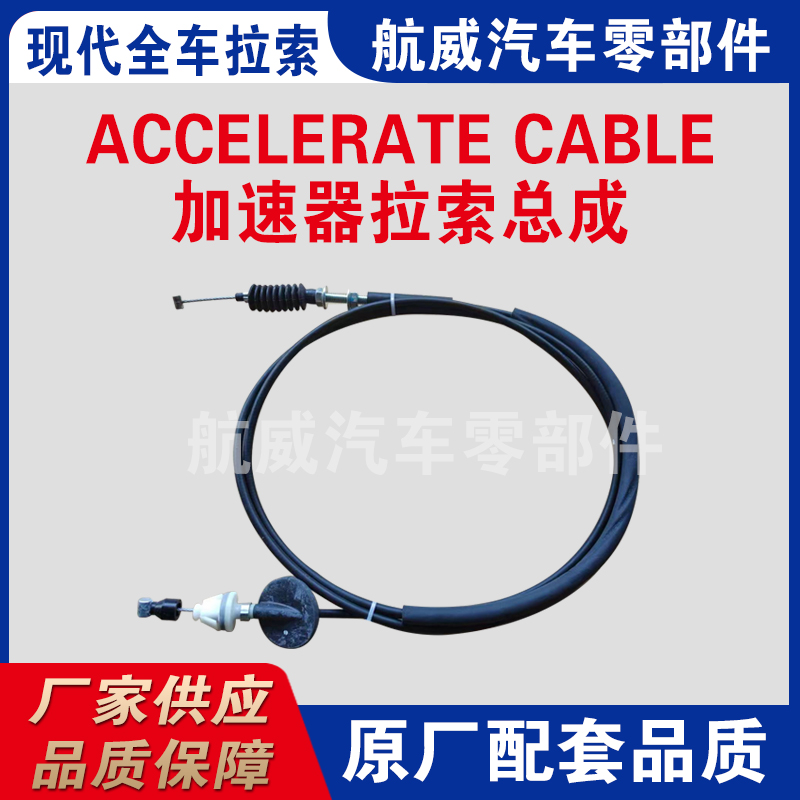Innovative Inline Clutch Technology for Enhanced Performance and Efficiency
Understanding In-Line Clutch Systems Mechanics and Applications
In-line clutches are vital components in various mechanical systems where engagement and disengagement of power transmission are necessary. This article delves into the mechanics, applications, and benefits of in-line clutch systems, providing a comprehensive overview for those interested in mechanical engineering and automotive design.
What is an In-Line Clutch?
An in-line clutch is a device that allows torque to be transmitted or interrupted between two rotating shafts. It is typically installed in a straight line, hence the name in-line. This type of clutch can be engaged or disengaged in response to a variety of inputs, such as the application of force, speed, or electronic signals. The primary function of an in-line clutch is to provide the ability to control the power flow without stopping the entire machinery or system.
Mechanical Design
The construction of an in-line clutch can vary widely based on its specific application. Most commonly, these clutches consist of a clutch body, engaging elements (like friction plates or rollers), and a mechanism for actuation. The actuation can be mechanical (lever or pedal operated), hydraulic (using fluid pressure), or electric (using solenoids). Each design has its advantages, depending on the required responsiveness, control precision, and environment in which the clutch operates.
In-line clutches use friction surfaces to facilitate engagement. When the clutch is engaged, the friction between the plates allows the transmission of power. Conversely, when disengaged, the plates separate, and torque is no longer transmitted, allowing machinery to function independently of the power source.
Applications
In-line clutches have a multitude of applications across various industries. One of the most common uses is in automotive systems, where they are employed in manual and automatic transmissions. In these systems, clutches enable smooth gear changes, allowing the driver to control the power transfer from the engine to the wheels effectively.
in line clutch

Additionally, in-line clutches are crucial in industrial machines. For instance, they are used in conveyor systems, where the movement of materials often requires start-stop operation. In-line clutches can engage or disengage the conveyor belt system based on operational demands, optimizing efficiency and preventing unnecessary wear on components.
In-line clutches also find uses in robotics and automation systems. They allow robots to perform precise movements and tasks by engaging or disengaging motors as needed, contributing to the flexibility and adaptability of robotic systems.
Benefits
The advantages of using in-line clutches are substantial. Firstly, they enhance operational efficiency by enabling selective power transmission, reducing energy waste. By disengaging the clutch when not needed, systems can lower power consumption and prevent overheating of components.
Secondly, in-line clutches improve safety. In scenarios where torque transfer needs to stop instantly (for example, when a jam occurs in machinery), the in-line clutch can disengage quickly, minimizing the risk of damage to machinery and injury to operators.
Moreover, these clutches are essential for extending the lifespan of mechanical systems. By allowing selective engagement, they reduce the wear and tear on components caused by continuous power transfer.
Conclusion
In-line clutches play an indispensable role in modern mechanical systems, offering versatility, efficiency, and safety across various applications. Understanding their design and functionality not only benefits engineers but also enhances the overall performance and reliability of machinery. As technology continues to evolve, the development of more advanced in-line clutch systems will drive innovation across numerous industries, paving the way for smarter, more efficient mechanical solutions.
-
Upgrade Your Control with Premium Throttle CablesNewsAug.08,2025
-
Stay in Control with Premium Hand Brake CablesNewsAug.08,2025
-
Experience Unmatched Performance with Our Clutch HosesNewsAug.08,2025
-
Ensure Safety and Reliability with Premium Handbrake CablesNewsAug.08,2025
-
Enhance Your Vehicle with High-Performance Clutch LinesNewsAug.08,2025
-
Elevate Your Ride with Premium Gear CablesNewsAug.08,2025
